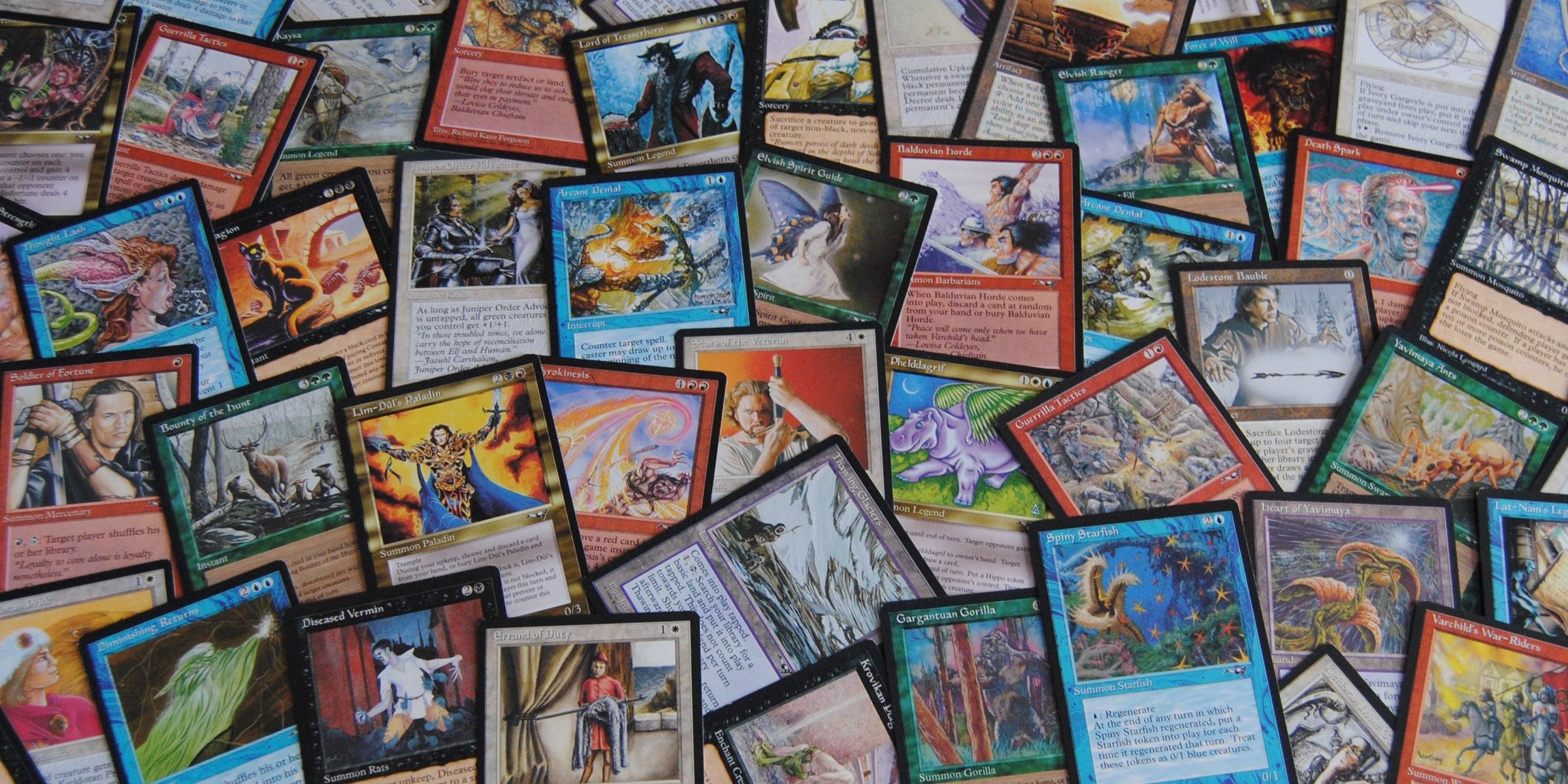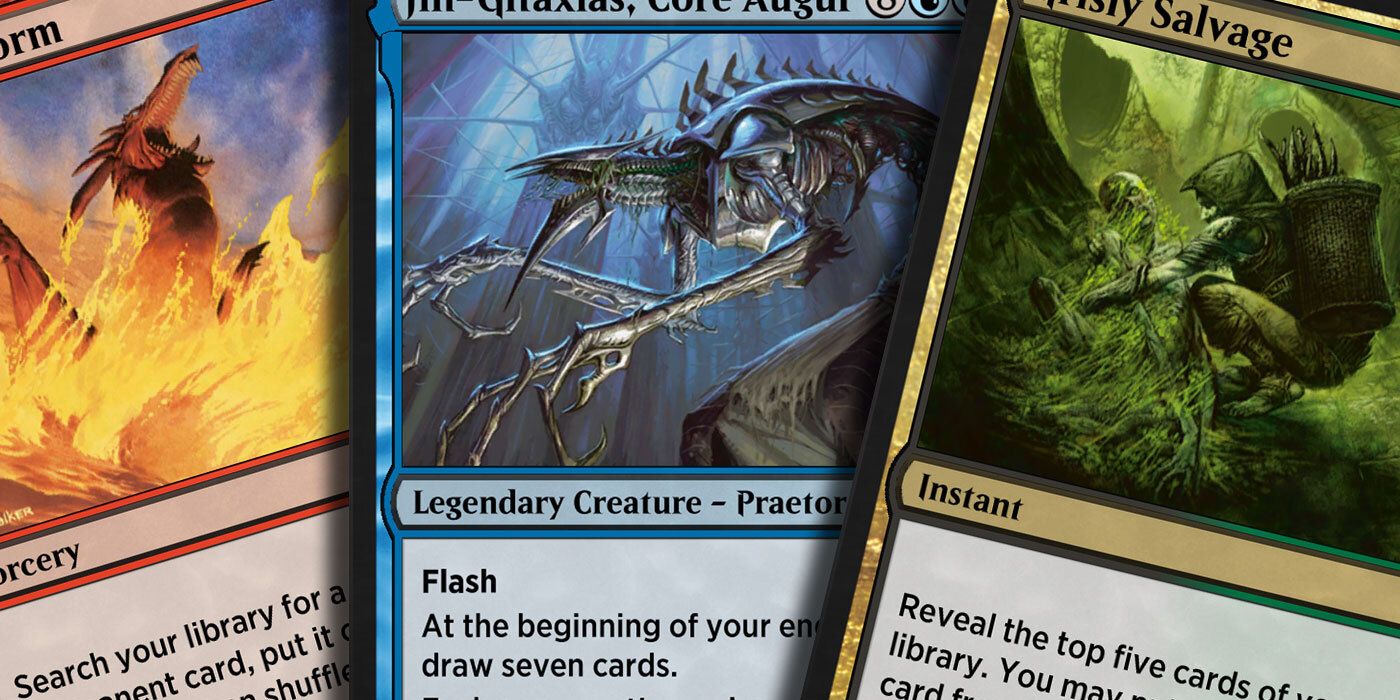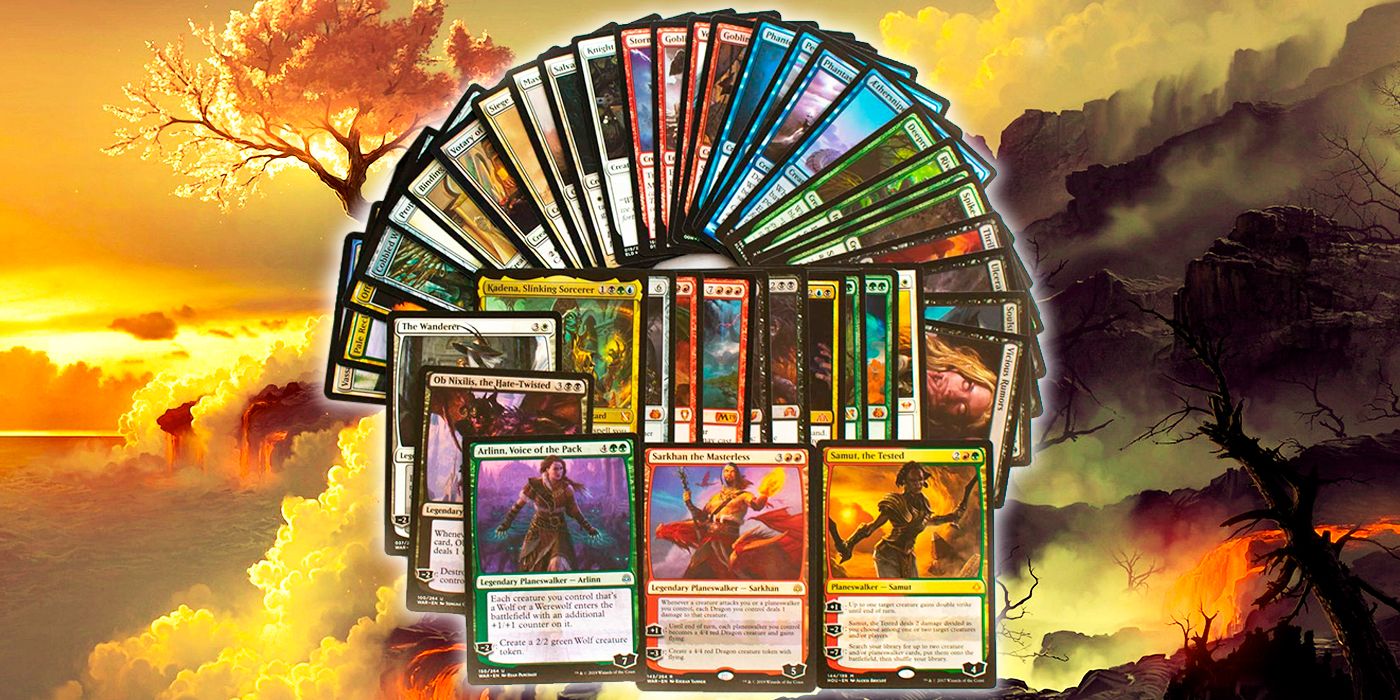Magic: The Gathering has been going strong since the card game's introduction in 1993. In that time, Magic's creators and players have devised countless ways to enjoy the game at all levels of competition and experience. Ordinarily, a player will need a partner to practice, but solo players can practice all on their own, which is called goldfishing.
"Goldfishing" is named after a single goldfish in a fishbowl. Through goldfishing, players can test how their new decks run without even needing an opponent. This is highly convenient, since a goldfish player can test decks anywhere, anytime, even if no one is available.
How & Why M:TG Players Goldfish With Their Decks
Ideally, a Magic player will want to have an opponent to play a match against when testing a new deck under normal gameplay circumstances, particularly if it's a homebrew deck with a fresh, untested idea behind it. Sometimes, though, a player won't have anyone available, but that doesn't mean they can't test their deck alone. This is where goldfishing comes in. Not all MTG players have constant access to roommates, neighbors or fellow patrons at a local game store, and the player might not feel ready to play against someone else while working out the kinks of a new deck.
A goldfishing player can conveniently test their deck on their own to see how their deck operates. Some decks, such as combo decks or midrange decks, have a lot of internal synergy between their cards, and a solo player can test how well their deck works with its own material. Similarly, the goldfishing player can test their deck's mana curve, and see if they need to adjust the average converted mana cost/mana value of their deck.
If the deck has too many three-drop or four-drop cards, a goldfishing session will make that clear, with no opponent necessary. Or, if a combo deck struggles to piece together its combo by turn four or five, a goldfishing session can diagnose the issue. Combo decks rarely interact with their opponents in real games anyway. Players may note, though, that typical control decks are more difficult to goldfish by themselves since they are highly interactive.
Goldfishing With One or Two M:TG Decks
Players can goldfish with one or two decks, and goldfishing with two decks at once is the best way to see how a deck operates during a game, even if the player doesn't have an opponent. A solo player can set up both decks and control both sides of the game by going back and forth between them. The main downside is that each "player" knows which cards the other one has, so the risk-evaluation and mind games aspects are dampened. Overall, though, two-deck goldfishing is a useful and convenient method for testing desks, possibly even helping a player test two decks at the same time.
During a two-deck goldfishing session, the solo player can see how well one or both decks handle pressure from the opponent, and test different combinations to see what happens. A homebrew midrange deck, for example, might fare well against classic burn decks, lose often to certain combo decks and break even against control. The goldfishing player can also devise backup plans for a deck based on what they see during these games and figure out sideboard options against certain opposing decks. With this knowledge, they can make adjustments to their decks or strategies, overall sharpening their skills for the next time they go up against an opponent. As a bonus, goldfishing can simply be a fun undertaking and a fresh way to enjoy the game.
The original, pure definition of goldfishing is also viable, but only for certain deck types, such as combo or midrange. Also, "pure" goldfishing only works to test internal synergy -- it reveals very little about how the deck interacts with others in a real game. For that reason, pure goldfishing is best when first homebrewing a deck. Once some internal issues have been resolved, that deck can be tested against others in two-deck goldfishing sessions to further analyze and enhance its performance. Goldfishing like this can lead to remarkable insights of either or both decks -- especially if the player challenges the deck they're testing with a variety of opponents.



